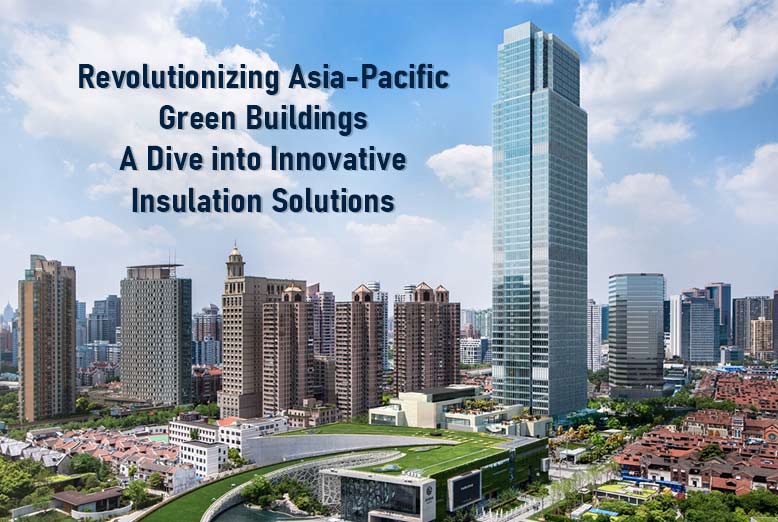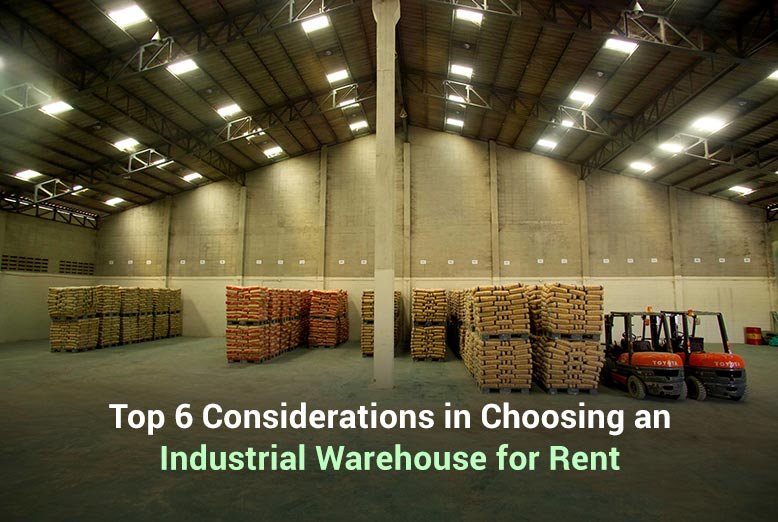Imagine a world where buildings not only look good but also contribute to the environment. That’s the promise of green buildings in the Asia-Pacific region, and at the heart of this revolution is innovative insulation.
This isn’t your grandma’s pink fiberglass. We’re talking about cutting-edge materials that offer superior energy efficiency, reduced carbon footprint, and improved indoor comfort. But that’s not all. These innovations are also reshaping the architectural landscape and paving the way for a sustainable future.
So, let’s dive in, explore the ins and outs of innovative insulation, and see how it’s making a difference in the world of green buildings. After all, it’s not just about building structures—it’s about building a better world.
Understanding Green Buildings
In the evolving world of construction, green buildings stand tall. Known for their focus on sustainability and lowered environmental impact, they’re a beacon of progress in the Asia-Pacific region.
The Concept of Green Architecture
At the heart of the green building movement, it’s green architecture that plays a central role. A design philosophy in itself, it emphasizes reducing the overall impact of the built environment on human health and the natural world. By efficiently using resources such as energy, water, and raw materials, it’s reducing waste and pollution. Interestingly, green architecture often brings into play innovative insulation solutions, enhancing the efficency of the structures and driving sustainability forward.
Core Elements of Green Buildings
Broadly speaking, green buildings focus on four key elements. Firstly, they concentrate on using energy efficiently – often leveraging the potency of renewable resources. Secondly, water usage is monitored closely, ensuring minimal waste. Thirdly, ensuring the buildings are cost-efficient to build and operate underpins the green building ethos. Lastly, but by no means least, the quality of the indoor environment is a key factor, promoting health and productivity for those using the building. Each element, when accompanied by innovative insulation solutions, is helping to mold a more efficient, eco-friendly future for architecture.
Innovative Insulation in Buildings
Innovative insulation solutions are the cornerstone of sustainable architecture in the Asia-Pacific region. Their use in green buildings epitomizes a balance between energy efficiency and environmental friendliness.
Advantages of Innovative Insulation
Innovative insulation reaps numerous benefits, from energy conservation to cost-effectiveness. Firstly, it helps retain indoor temperature, resulting in less energy consumed for heating or cooling. A family, for instance, can save a significant amount of money in reduced energy bills annually. Secondly, insulation fortifies buildings, making them durable and less susceptible to wear and tear, which translates into decreased maintenance costs. Lastly, with insulation making buildings airtight, indoor air quality improves, significantly reducing health risks associated with poor air quality.
The Role of Insulation in Heat Gain Reduction
Insulation plays an instrumental role in heat gain reduction in buildings. By efficiently resisting heat flow, it aids in maintaining comfortable indoor temperatures throughout the year. An un-insulated building, for example, can lose about 30% of its cooling energy in summer and heating energy in winter through the building envelope. Insulation, in essence, acts as a shield, preventing heat from escaping during colder months and penetrating during warmer months. Heat gain reduction not only amplifies the building’s energy efficiency but also solidifies its position in the green architecture arena.
Case Study: Insulation in Asia-Pacific Green Buildings
As a much-needed extension of our discussion on Green Buildings in the Asia-Pacific region, let’s delve deep into a specific case study.
Green Buildings in Asia
Asia’s green building landscape is growing at an unprecedented speed. As of now, there are more than 4,200 registered projects spanning across 14 Asia-Pacific countries, depicting a serious commitment to sustainability. But, rapid urbanization carries its set of challenges, primary among them being the need to construct energy-efficient buildings. In cities like Singapore, for instance, buildings account for nearly two-thirds of the total energy consumption.
Innovative Insulation Solutions in Asia-Pacific
Addressing this challenge, Asia–Pacific is witnessing a marked increase in the identification and incorporation of innovative insulation solutions into its building design philosophy. A league of groundbreaking materials, such as aerogel and vacuum insulation panels hold considerable promise for the future. These materials, thinner than traditional insulation, exhibit extraordinary thermal performance and facilitate the conservation of floor space, a resource as valuable as the energy itself in densely populated urban landscapes.
Impacts and Outcomes
Embracing innovative insulation solutions has multiple positive impacts. For a start, it cuts down energy consumption significantly, resulting in financial savings as well as a lesser drain on our planet’s resources. These insulation materials also demonstrate remarkable temperature control properties, contributing to a comfortable living environment, while reducing the load on air conditioning systems. With such outcomes, the implementation of effective insulation strategies contributes substantially towards creating more sustainable, environmentally-responsive architecture in the Asia-Pacific region.
The Trend of Green Buildings in the Asia-Pacific Region
The adoption rate of green buildings in the Asia-Pacific region has seen a substantial rise. Innovative insulation solutions serve as focal elements in propagating this surge.
Market Dynamics of Innovative Insulation in the Asia-Pacific
The evolving dynamics of the innovative insulation market hinge on two primary factors: urbanization induced energy demands and escalating environmental awareness. A rising urban population translates to an increase in the need for buildings. However, traditional construction methods pose significant environmental hazards, causing increased attention to sustainable alternatives. Innovative insulation solutions, like aerogel and vacuum insulation panels, are increasingly playing a vital role in transforming the face of urban architecture.
As per the US Green Building Council, 2,100 out of a total 4,200 registered green buildings in the Asia-Pacific have implemented innovative insulation solutions for enhanced efficiency. These materials provide superior thermal performance, conserve valuable space in construction, and promote significant energy savings. Thus, the demand for innovative insulation keeps escalating in response to environmental concerns and the region’s growing urban concentration.
Major Players in the Asia-Pacific Green Building Scene
The Asia-Pacific green building scene has a diverse array of influential players, actively implementing creative insulation solutions. Japan specializes in vacuum insulation panels used extensively in its housing projects. Singapore boasts of its green skyscrapers, notably Parkroyal on Pickering, integrating sky gardens for natural insulation.
As per the Green Building Council of Australia, Australia has over 700 Certified Green Buildings, heavily investing in innovative insulation solutions. China, accelerating towards sustainability, initiated the Three Star System promoting green buildings with aerogel insulation.
These examples point towards a progressive trend in the Asia-Pacific region, embracing green building practices. Innovative insulation solutions are setting a benchmark, paving the way for a sustainable architectural landscape.
Challenges and Future Prospects
While the adoption of innovative insulation solutions picks up momentum in Asia-Pacific’s green buildings arena, it’s not without a series of challenges and potential paths to navigate.
Market Constraints and Challenges
Despite promising progress in the realm of innovative insulation solutions, several constraints act as roadblocks. High costs of materials, such as aerogel and vacuum insulation panels, impede widespread adoption. Further, the dearth of skilled labor to handle these high-tech materials results in a mere 50% usage out of the 2,100 registered green buildings that we were previously discussing about.
Lack of stringent environmental regulations in some countries also hampers growth. For instance, in India, less than 20% of the buildings market, which amounts to 400 out of 2,000, meet eco-friendly standards due to lax regulations.
Future Outlook on Asia-Pacific Green Buildings
Looking ahead, the future of Asia-Pacific green buildings, especially with regards to innovative insulation solutions, appears promising. The market projects a growth rate of 12% by 2026, especially driven by governments’ proactive measures like offering incentives for green buildings.
Countries such as Japan and Singapore lead the charge, setting ambitious targets for green buildings. Singapore, for one, aims to achieve a 80% green building status by 2030. Moreover, further advancements in insulation material technology could mean more efficient, affordable solutions, thus enhancing green buildings’ appeal among the masses.
Also Read: Green Buildings: Eco-Friendly Way to Preserve Scarce Resources




















